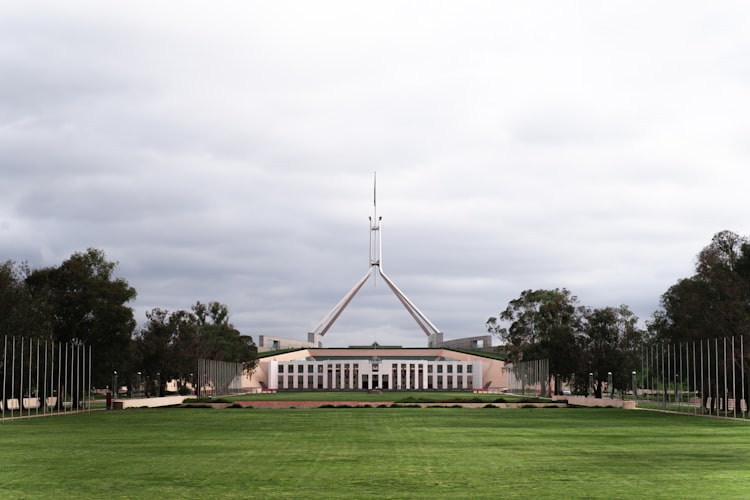The World Health Organization has issued new guidance to help health-care providers recognize and provide care to individuals which have had exposure to lead. The release of the guidance coincides with International Lead Poisoning Prevention Week 2021.
The WHO Guideline for Clinical Management of Exposure to Lead recommends a blood lead concentration of 5 micrograms per decilitre (μg/dL) as a trigger for a thorough review of the ways in which a person is being exposed to lead and for action to reduce or end this exposure.
With 1 in 3 children estimated to have blood lead levels in excess of the 5μg/dL threshold[1], according to the United Nations Children’s Fund (UNICEF), the guideline will help health workers take a vital first step to protect people from the damage inflicted by lead exposure. It paves the way to consider more specific clinical interventions as necessary, depending on the age of the exposed person, the presence of pregnancy, the clinical signs and symptoms displayed, and the type of exposure.
“There is no known safe level of lead in the human body. The new guideline will help the diagnosis and treatment of lead exposure for individual patients and help health workers tackle mass poisoning incidents,” said Lesley Onyon, Scientist, Chemical Safety and Health Unit.
One such mass poisoning incident occurred in 2010, in Zamfara state, Nigeria, when unsafe mining and ore processing led to the deaths of more than 400 children in three months and to more than 2000 needing intensive therapy, after high levels of lead were found
Exposure to lead is not confined to stark examples like the Zamfara incident. It is a significant global public health concern, estimated to account for almost 1 million deaths per year from long-term health impacts, notably those relating to the renal and cardiovascular systems.
Children are particularly vulnerable. Lead blood levels as low as 5 μg/dL are associated with impaired neurological and cognitive developmental changes in young children, and these effects are believed to be irreversible.
Lead in the body affects practically all organ systems, travelling to the brain, liver and kidney and accumulating in the teeth and bones, where it can last decades and move from bones back into the blood during pregnancy, exposing the developing foetus.
It is still widespread owing to current and past use of the metal and its salts, most commonly in storage batteries, ammunition, pipes (including those used for water supply) and in alloys such as solder, pigments, paints, glazes, plastics and even some traditional medicines, cosmetics and spices.
Lead was once used extensively in petrol additives, but this has recently been banned in all countries in the world. But in many popular uses, particularly lead in paint, remain although alternatives are known and available. “Many countries lack legislation to establish legally binding standards to limit this known health threat which leaves a legacy that spans decades” said Dr Maria Neira, Director, Environment, Climate Change and Health.
The WHO Guideline for Clinical Management of Exposure to Lead was developed with technical input from 15 leading clinicians, paediatric toxicologists, preventive medicine and public health specialists, with the active engagement of many WHO offices concerned with public health and environment, food safety and nutrition, and from an extensive review of published evidence, including case-reports, case-control studies and randomized clinical trials.
The launch of the guideline during the Ninth International Lead Poisoning Prevention Week of Action (24-30 October 2021) acts as a reminder to health-care providers of the need for increased awareness of lead poisoning, the need to identify and then reduce and terminate exposures and to have available evidence-based treatment protocols available.
Further improvements in the availability of essential medicines such as chelating agents, facilities to measure blood lead and of trained physicians and health-care providers with an awareness of potential sources of exposure to lead and the resulting signs and symptoms from exposure are needed across the health system, alongside greater multisectoral commitment to remove sources and reduce exposure as far as possible.
This year’s International Lead Poisoning Prevention Week of Action focuses on lead in paint. A global campaign, the Global Alliance to Eliminate Lead in Paint led by WHO and UNEP, aims to eliminate lead from paints. Progress with the elimination of decorative paint containing lead has been accelerating in recent years but still only 83 countries have regulations in place which prohibit the addition of lead compounds to paint to enhance the colour, durability, drying speed or other customer preferences.







